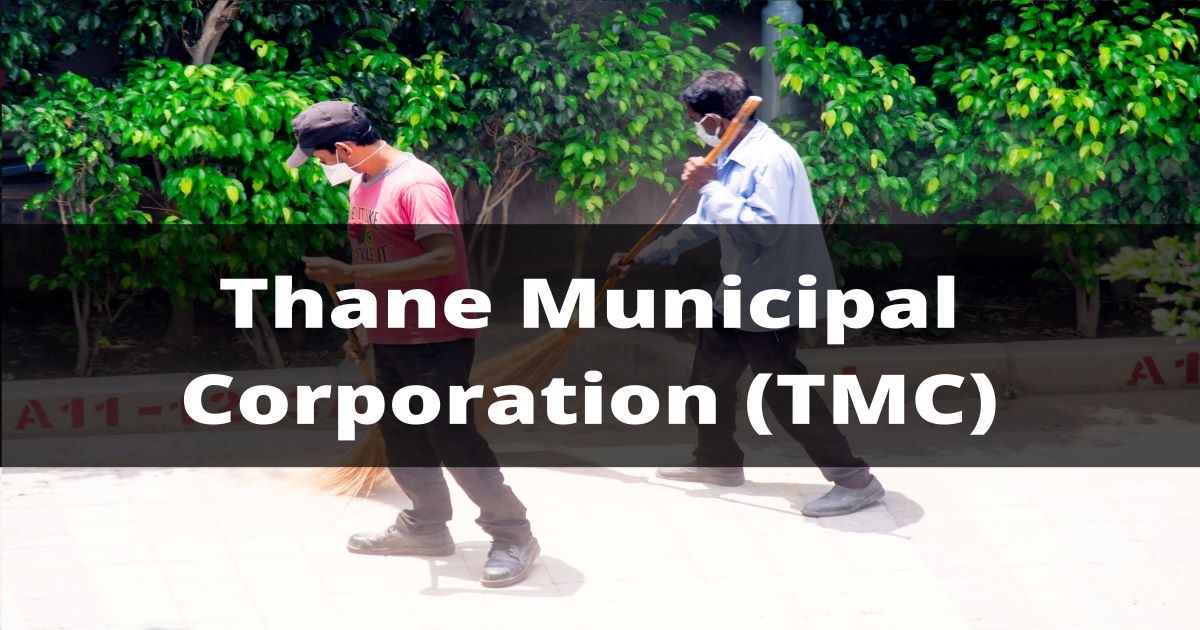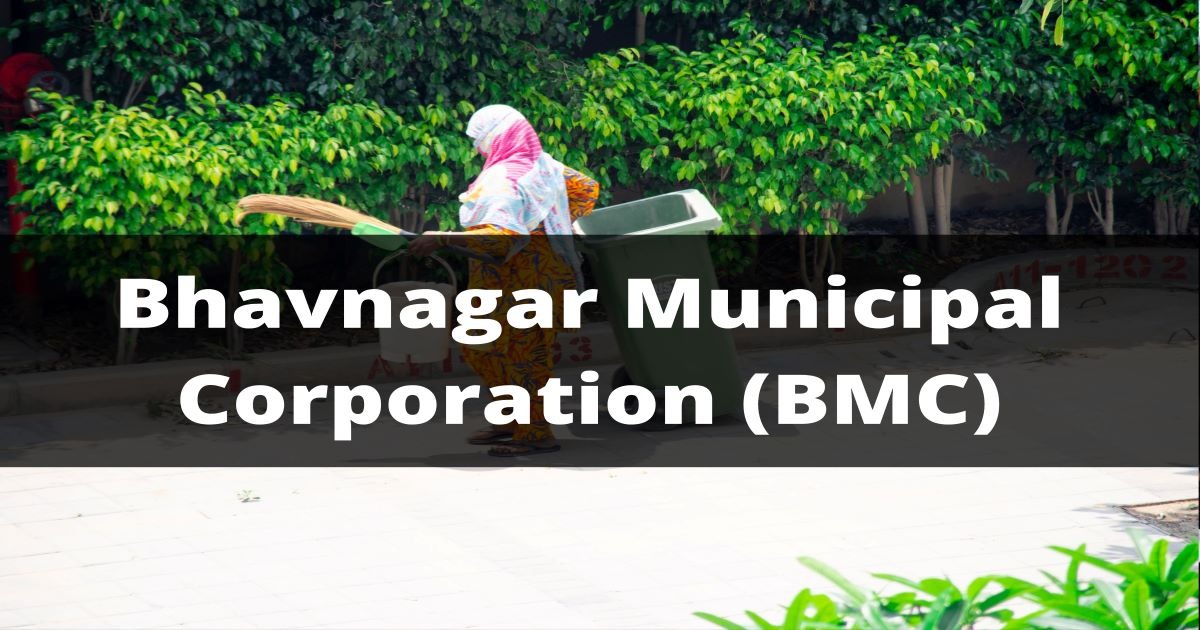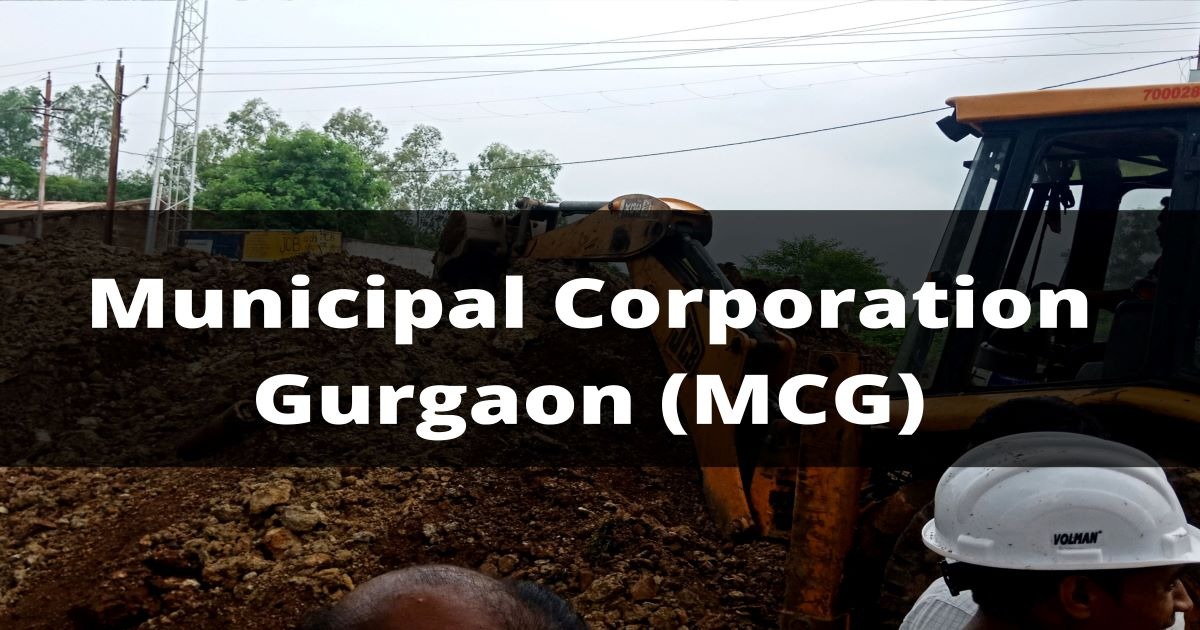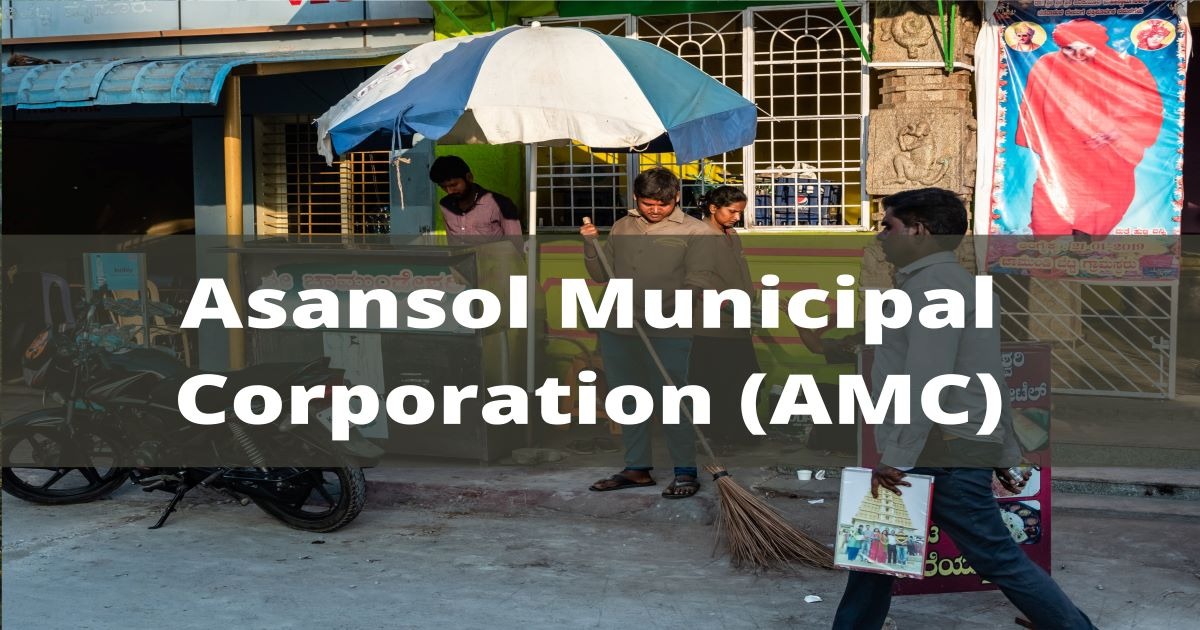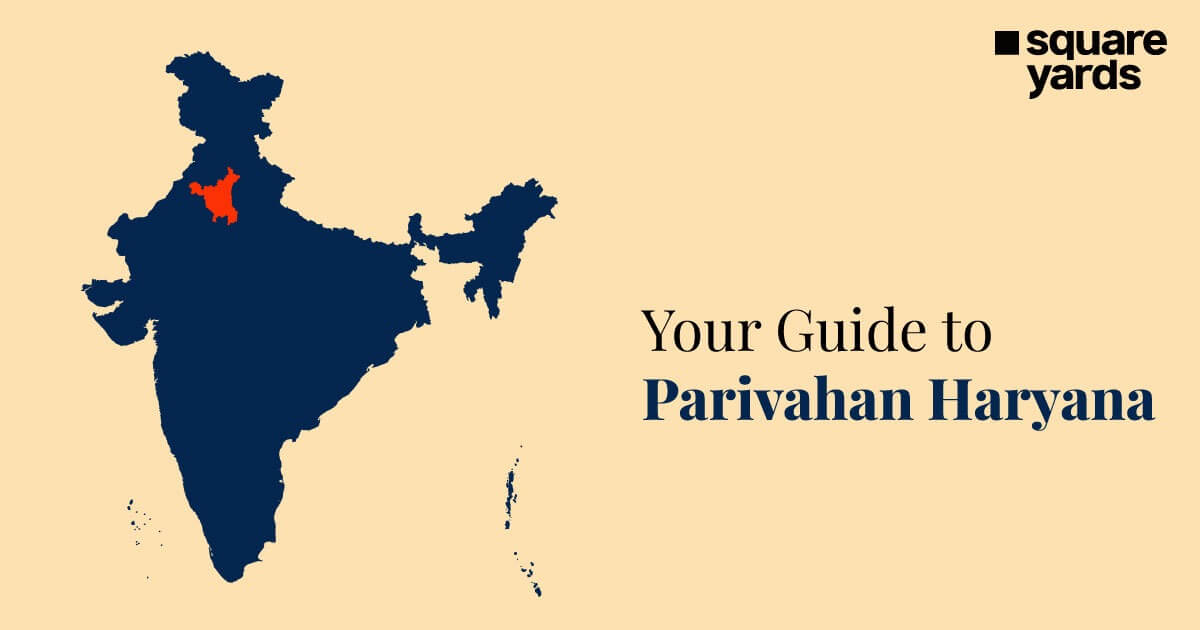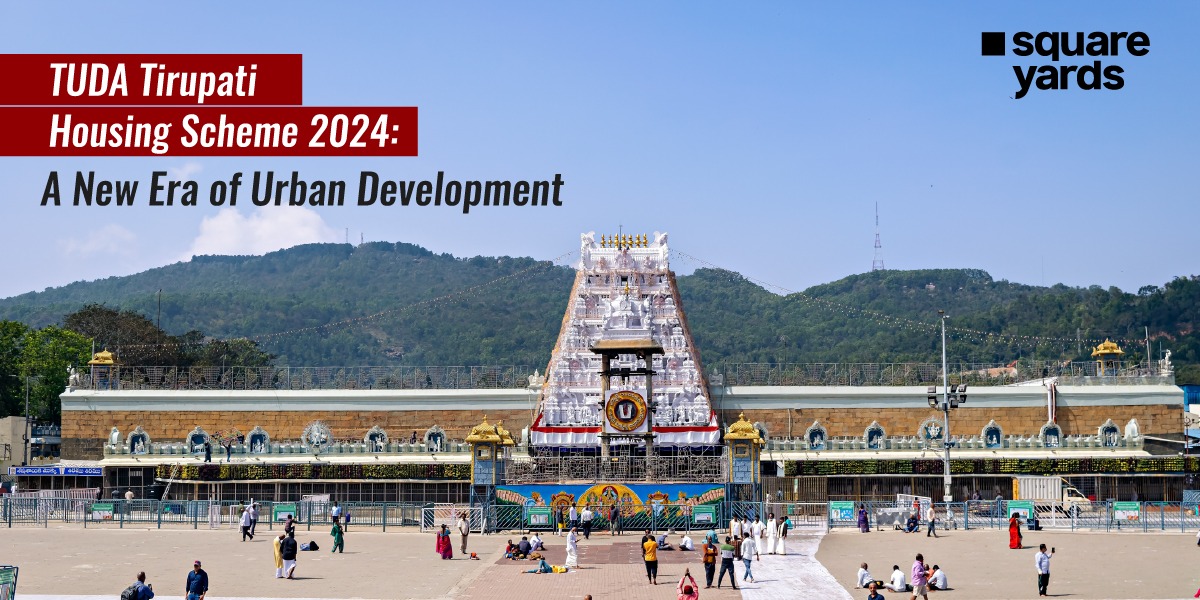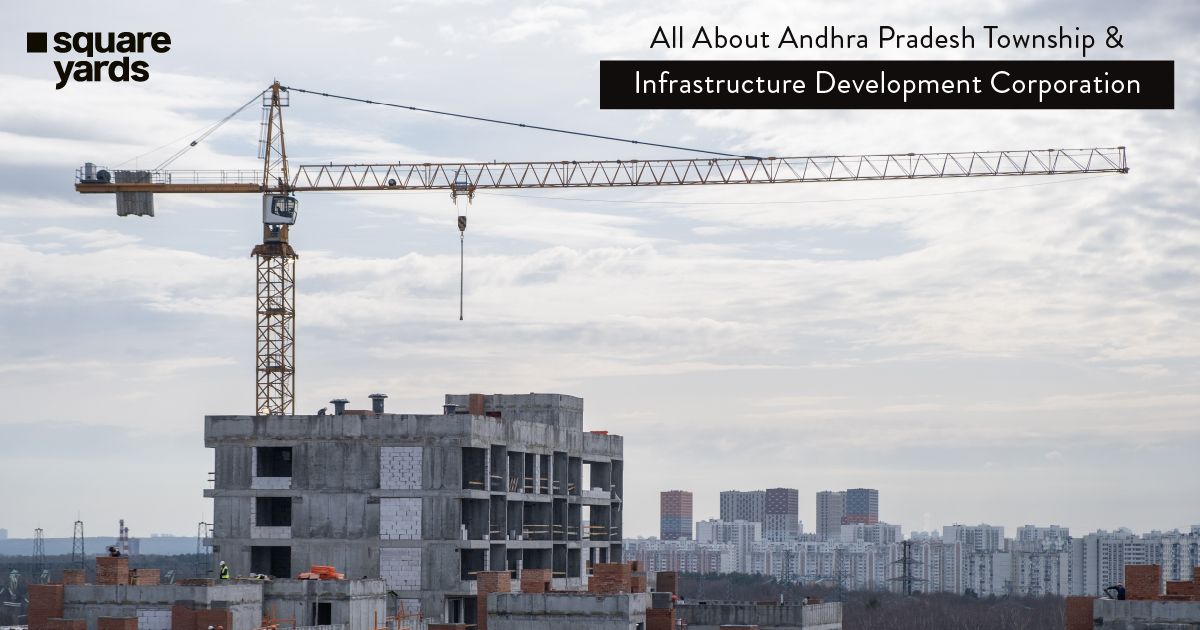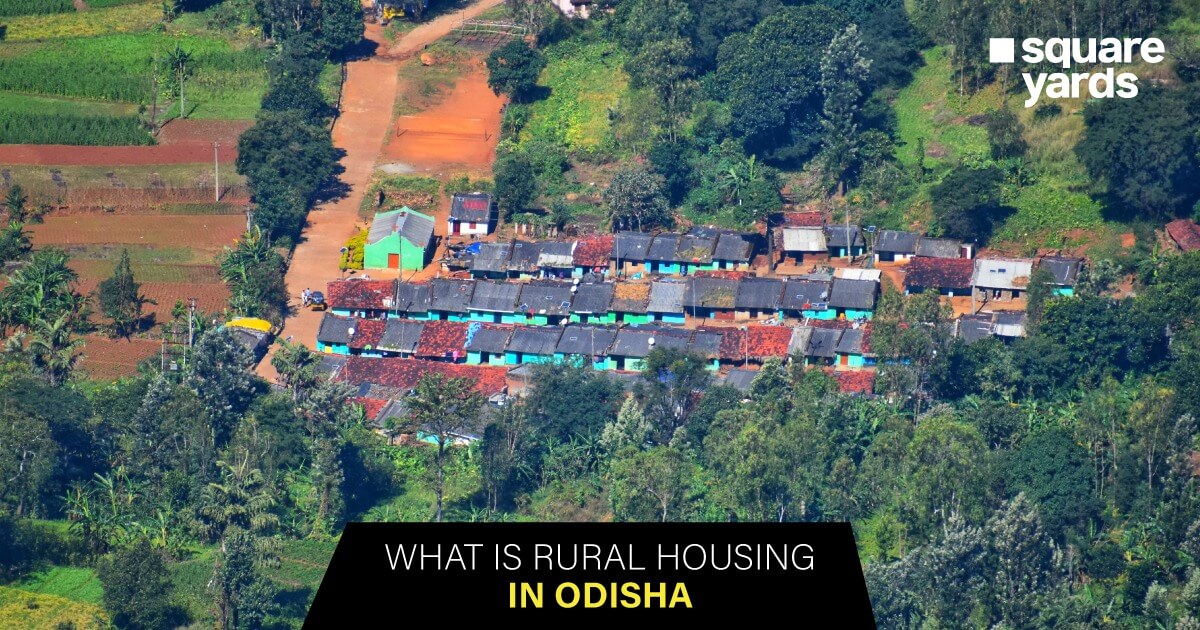Over the last decade, Delhi has become overcrowded for several reasons, such as smog and congestion in the city. Therefore HPDA – Hapur and Pilkhuwa Development Authority was established for overseeing the urban development of villages and areas near Hapur and Pilkhuwa.
Let’s move ahead and learn more about the work of HPDA.
Table of contents
What is the Hapur-Pilkhuwa Development Authority?
The Government of Uttar Pradesh established the Hapur and Pilkhuwa Development Authority in 1996 and 1997. It is a second independent authority to the Ghaziabad Development Authority.
HPDA is responsible for developmental works in the regions of Uttar Pradesh state. This organisation works for the overall development, including land use, the infrastructure of the cities of Hapur and Pilkhuwa, villages, and nearby areas. These are all located nearby National Highway 24.
With HPDA’s new scheme and constant oversight of these cities and villages, the development work has become easier. Soon, it will become a part of the developed Delhi National Capital Region (NCR).
HPDA plots that are for sale in Hapur are also available to the common people who can buy and validate them easily before purchasing. These plots are available for both residential and commercial use. Also, people trust HPDA authority and seem interested in such schemes due to their affordable economic costs.
The main motive is to “provide a home to needy people at a low cost.”
Progress And Development By HPDA
HPDA also assists high-standard educational institutions in the region of Hapur-Pilkhuwa. It has constructed Delhi Public School (DPS, Hapur), dental colleges, and several research institutes.
Big developers like Ansal Housing Group and Eros Group have been investing heavily in the region on the housing front. The HPDA has also developed several schemes that offer residential and non-residential properties for investment purposes.
Also Read About:- NOIDA
HDPA New Housing Scheme
Hapur And Pilkhuwa Development Authority has recently launched an inexpensive housing scheme. HPDA’s new housing system offers homes to people depending on different income categories like EWS, LIG and MIG. HPDA’s latest scheme, houses are allotted on a first-come-first-served basis. This strategy helps distribute houses in a structured manner, and storing information becomes easy.
Online Portal Features of HPDA
The Hapur And Pilkhuwa Development Authority has also opened an online portal. The motive behind opening this is to make properties available for all potential investors and current investors. Investors are eligible to use the above features:
- Complaints portal
- Redressal System
- Master Plans
- Property Management System
- Public Property Accounts
- Scheme codes
Also, citizens looking to register in various schemes or find any related information launched by HPDA can access them in this portal. You can even check the published details of all the auctions conducted for allotting the properties. Further, you can check the details of the auction on the link – hpdaonline[dot]in/Auction-Detail
Also Read About: SSP Portal
Contact Details of HPDA
All the citizens can contact the HPDA authority at the following office address or reach out to them on the provided contact number and email address.
Office Address: Hapur And Pilkhuwa Development Authority Preet Vihar, Delhi Road, Hapur-245101, Uttar Pradesh
Contact Toll-free number: 01222308764
Email Address: hpda_1@rediffmail.com
Frequently Asked Questions (FAQ’s):-
When was Hapur Pilkhuwa Development Authority established?
Hapur Pilkhuwa Development Authority was established on 21 November 1996.
Why was Hapur Pilkhuwa Development Authority established?
After keeping the geographical, historical, and commercial importance of industrial areas in mind, HPDA had planned the development of the National Capital Region. (NCR) This is the only reason why Hapur Pilkhuwa Development Authority was established.
What are the urban regions that fall under HPDA?
The following regions are included under the urban areas of HPDA within one kilometre. These towns and villages extended from Hapur to Ghaziabad, almost up to Mussoorie National Thermal Power Corporation (NTPC) canal, and include the following cities:
Asora, Doyamee, Jarothee, Patna, Atarpur (tatarpur) Mansurpur, Hapur, Sultanpur, Gondi, Imtori, Chintoli, Sabri, Chambre, Asroop Nagar, Achchaja, Nizampur, Kastala Kasmabad, Kavi (kami), Khairpur, Piplabandpur, Mukeempur, Pilkhuwa Dehat, Sikhera, Rabera, Chajarasi, Partapur, Mirpur, Abdullahpur Ratari, Kanakpur, Atrauli, Shyamnagar, Abdullahpur, Basant (meerut), Badulla, Dastoi, Dadri, Dhirkhera, Dhanaura, Bayamara, Aurangabad Bateri, Muradnagar, Rampur, Raghunathpur, Anwarpur, Doohari, Hindupur, Lakhanpur, Fajolpur Nagar, Parson, Pipletira, Baroda Hindwan.

















